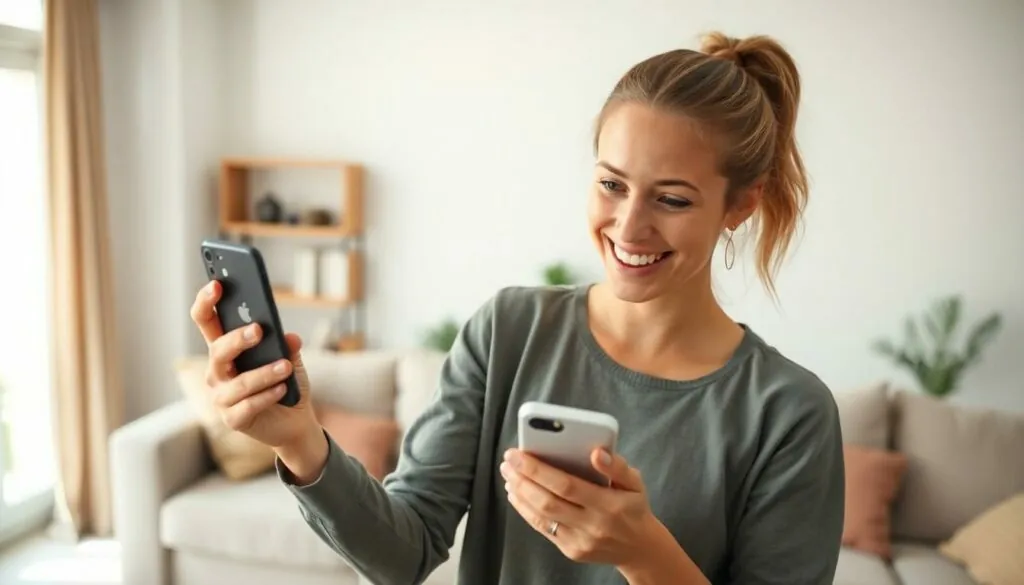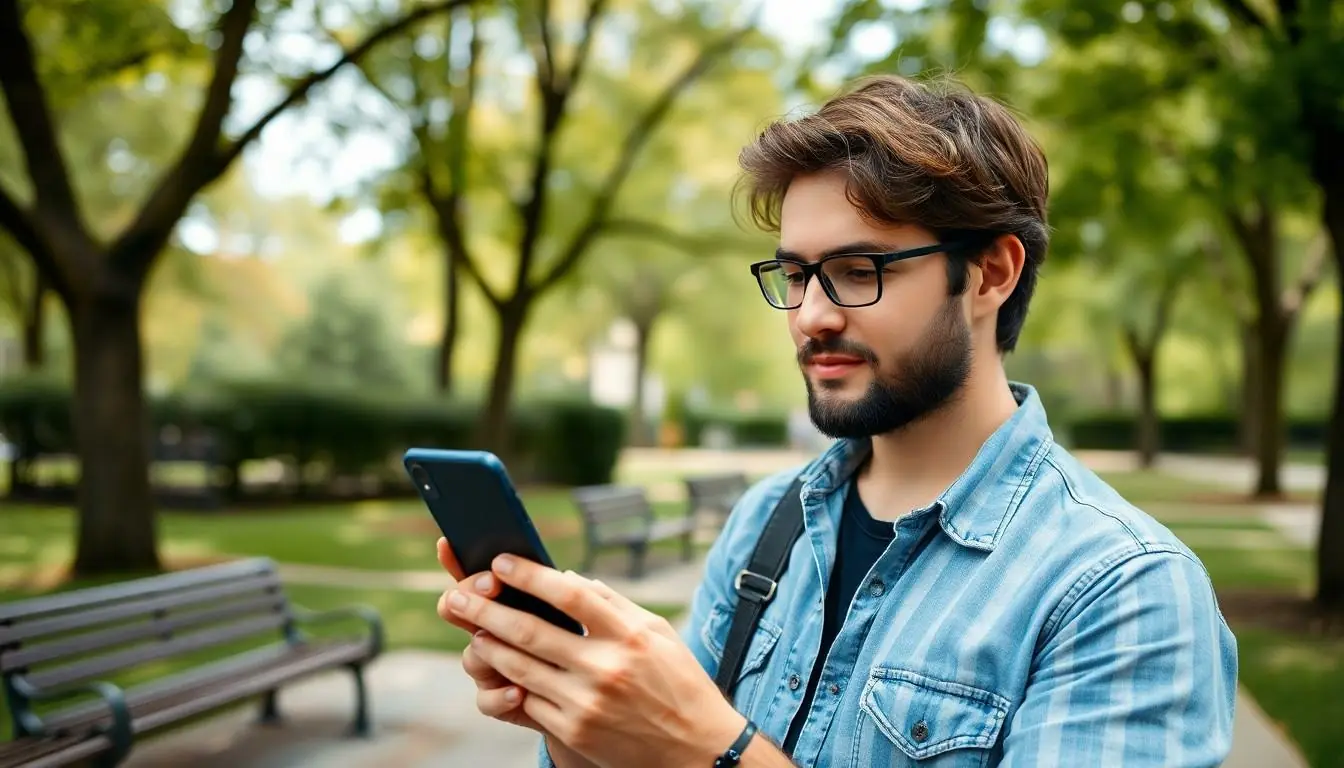Table of Contents
ToggleEver found yourself in a game of hide-and-seek with a friend’s iPhone? It’s like the phone has a secret life of its own, slipping away just when you need it most. But fear not! There’s a way to summon that elusive device back from the depths of couch cushions or the depths of their backpack.
Understanding iPhone Pinging
Pinging an iPhone provides a way to locate the device quickly. This method often proves useful when an iPhone goes missing.
What Is Pinging?
Pinging refers to sending a signal to an iPhone, which then responds with a sound or vibration. This feature serves as a direct alert mechanism for users facing challenges in locating the device. Apple’s built-in features like Find My iPhone make this process straightforward. Users activate the service from another device or through iCloud. Within seconds, the targeted iPhone plays a sound, even if it’s on silent mode. This response helps confirm its location effectively.
Why Would You Ping Someone Else’s iPhone?
Pinging someone else’s iPhone serves specific purposes. Friends or family members often use this feature to assist in locating a misplaced device. In situations where a person cannot locate their iPhone, a ping can prove beneficial. Furthermore, individuals may ping a device for safety reasons, ensuring a loved one’s well-being. The action can also facilitate quick communication if someone cannot answer their phone. Engaging in this practice fosters awareness and connection among users in a shared environment.
Methods to Ping Someone Else’s iPhone
Finding someone else’s iPhone can be done through a few reliable methods. Here are two effective options.
Using Apple’s Find My App
Using Apple’s Find My app offers a straightforward way to ping someone else’s iPhone. The app requires that the targeted device has location sharing enabled. Open the Find My app on your device and tap on the “People” tab. You’ll find a list of friends who share their location with you. Select the person whose iPhone you want to ping and tap on “Play Sound.” This action causes their device to emit a sound, making it easier to locate.
Using Third-Party Applications
Third-party applications also provide methods to ping another iPhone. Apps like Life360 and Glympse enable location sharing among friends and family. After downloading such an app, ensure that both parties have location services activated. Open the app and view the map for the user you want to locate. Some applications allow sending alerts, which can help find the device quickly. Be mindful of privacy settings to ensure the targeted device permits location access.
Important Considerations
Pinging someone else’s iPhone involves critical considerations related to privacy and legality. Addressing these concerns ensures responsible use of this feature.
Privacy Concerns
Privacy plays a significant role when locating someone else’s device. Users must obtain permission before pinging a friend’s iPhone. Sending a ping without consent can lead to trust issues. Enabling location sharing in the Find My app requires explicit agreement, ensuring transparency. Apple also prioritizes user privacy, making necessary settings configurable to protect individual data. Relying on third-party apps calls for additional scrutiny, as each may have its own policies regarding data sharing. Respecting personal boundaries remains paramount to maintaining healthy relationships.
Legal Implications
Legal considerations also accompany the act of pinging someone else’s iPhone. Unauthorized attempts to track or locate an individual’s device might violate privacy laws, depending on jurisdiction. Many areas enforce regulations on electronic surveillance and monitoring. Informed users should be aware of potential legal ramifications before proceeding. Consent remains a critical factor in staying compliant with applicable laws. Understanding local legislation helps users navigate what is permissible while using pinging features. Ultimately, users must consider both the ethical and legal aspects when utilizing these methods.
Troubleshooting Common Issues
Pinging someone else’s iPhone can encounter various challenges. Identifying these common issues can streamline the process and enhance effectiveness.
Incorrect Apple ID
Using the wrong Apple ID prevents successful pinging. Make sure the targeted iPhone is linked to the correct Apple ID associated with the Find My app. Verification steps include checking the iCloud settings on the targeted device and confirming shared notifications. Users must be aware that accessing another person’s Apple ID requires permission, maintaining trust and transparency. Confirming login credentials ensures seamless communication and reduces frustration.
Location Services Disabled
Pinging fails when location services are disabled. Users must enable location settings on the targeted device to successfully utilize the Find My app. Accessing the Settings app and navigating to Privacy gives individuals the ability to adjust these settings. Ensure that both the targeted device and the Find My app have permission to use location services. Without these permissions, the pinging feature cannot locate the iPhone, making it essential for users to check these configurations.
Conclusion
Pinging someone else’s iPhone can be a practical solution for locating a misplaced device. By utilizing tools like the Find My app or third-party applications, users can effectively assist friends and family in quickly finding their phones.
It’s crucial to respect privacy and obtain permission before using these features. Understanding the legal implications and ensuring proper settings are in place will enhance the experience while maintaining trust among users.
With the right approach and consideration, pinging an iPhone can turn a frustrating search into a simple task, allowing for smoother communication and peace of mind.




